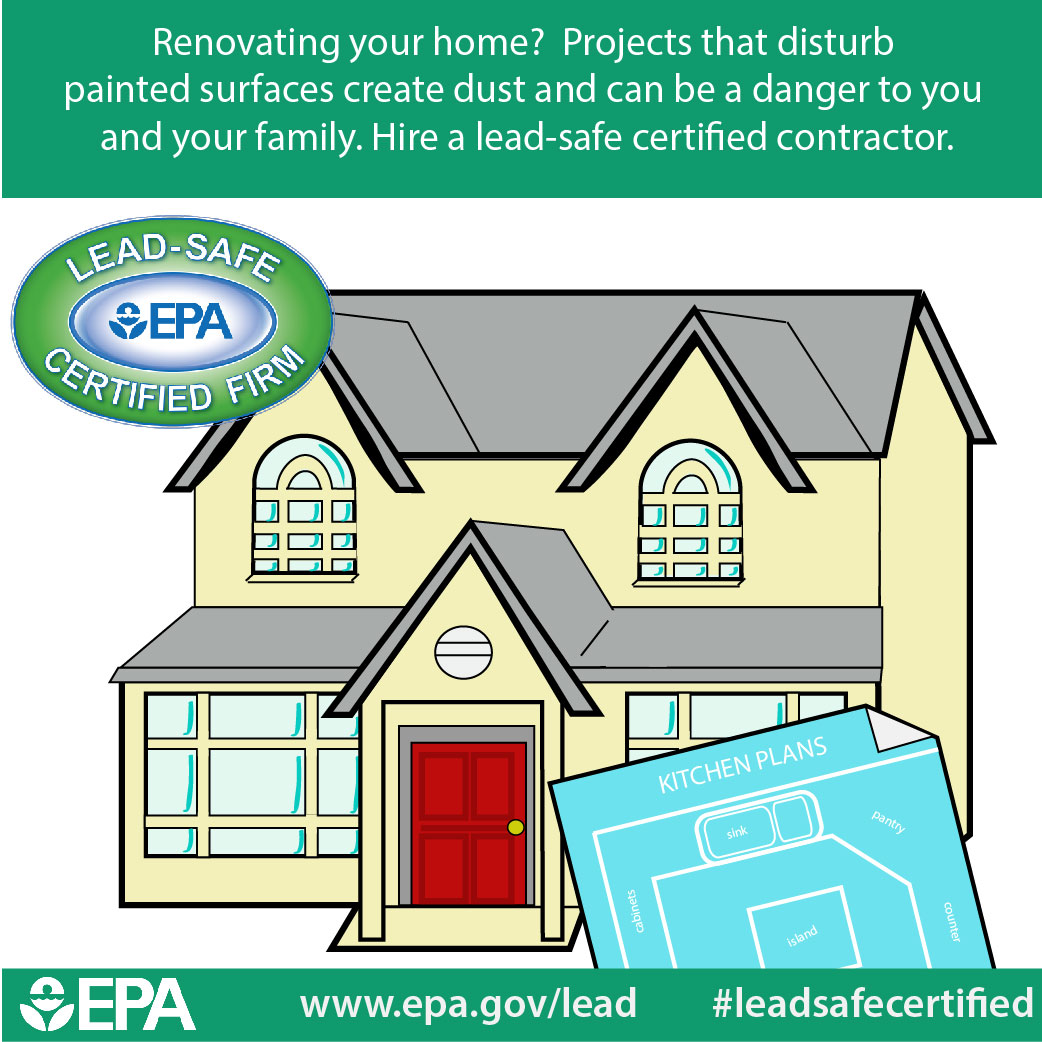Set Your Wall Surfaces Up For Paint With Essential Tips And Methods That Assure An Impressive Surface-- Find Out The Crucial Actions To Advance Your Job
Set Your Wall Surfaces Up For Paint With Essential Tips And Methods That Assure An Impressive Surface-- Find Out The Crucial Actions To Advance Your Job
Blog Article
Web Content By-Mathiasen Bland
When you're prepping your walls for paint, it's important to follow a methodical process to make sure a remarkable coating. Start by taking internal door painting service at the wall surface for any type of damage; this action can make or break your job. As soon as you have actually identified any type of concerns, cleaning up the surface area effectively is essential, as an unclean wall can impact paint attachment. After that, you'll need to patch any type of imperfections and use a primer. But there are specific methods and tips that can raise your preparation game-- allow's check out those additional to accomplish the most effective results.
Assessing Wall Problem
Before you order your paintbrush, take a minute to examine your walls' problem. Look for any type of visible damage like cracks, openings, or peeling off paint. These flaws can influence just how the paint sticks and looks as soon as it's dry. If you see any substantial damage, you'll need to prioritize fixings before diving into painting.
Look carefully at the structure of your walls. Is the surface smooth, or is there texture that might require unique consideration? Smooth wall surfaces typically require much less prep, while distinctive surface areas may need even more time to repaint uniformly.
Also, think about the previous paint job. If the old paint is glossy, it mightn't allow new paint to stick appropriately. You'll wish to know if your wall surfaces have actually been painted with oil-based or water-based paint, as this can affect your choice of primer or paint.
Lastly, remember of any type of wetness concerns. If you see indications of water damage or mold, address these troubles promptly to prevent additional issues.
Cleaning the Surface area
Once you've evaluated the condition of your wall surfaces, the following step is cleaning the surface. Begin by collecting your materials: a bucket, warm water, a light detergent, a sponge or cloth, and a scrub brush for tougher areas.
Begin at the top corner of the wall and function your method down. Mix the cleaning agent with warm water in your pail, then dip the sponge or towel right into the solution. Wring it out to prevent extreme dampness on the wall surfaces.
As you clean, pay close attention to locations that could've collected dirt, oil, or finger prints. For stubborn discolorations, use the scrub brush gently to avoid damaging the paint under. Rinse your sponge or fabric often in clean water to stop spreading dirt around.
After cleansing, it's important to clean the wall surfaces with a moist towel to get rid of any soap residue. This step makes sure a smooth surface for the brand-new paint to abide by.
Permit the walls to dry entirely before moving on to the next prep work actions. This detailed cleaning procedure will assist develop a fresh canvas for your paint task, guaranteeing the most effective outcomes.
Patching and Priming
Patching and priming are crucial steps in preparing your wall surfaces for a fresh layer of paint. Initially, check your walls for any kind of openings, fractures, or flaws. Use a high-quality spackling substance or patching paste to load these areas.
Apply the compound with a putty blade, smoothing it out so it's flush with the surrounding surface area. Enable it to dry completely, and afterwards sand it lightly up until it's smooth and even.
When you've patched everything, it's time to prime. Guide helps secure the patched areas, guaranteeing the paint adheres effectively and supplies an uniform finish. Pick a primer suitable for your wall type and the paint you'll be utilizing.
Use the guide making use of a roller for bigger locations and a brush for corners and edges. If your covered areas are substantially large or permeable, you could wish to apply a second layer of guide after the initial one dries.
After read more , let every little thing completely dry thoroughly before going on to painting. This preparation will not just boost the look of your wall surfaces but also extend the life of your paint job.
Take your time, and you'll be pleased with the outcomes.
Final thought
By complying with these easy steps, you can achieve a smooth and specialist finish on your walls. Begin by assessing their problem, then tidy and spot any type of imperfections before using guide. Keep in mind to allow sufficient drying out time and guarantee everything is smooth before you study painting. With the right preparation, you'll establish the stage for a beautiful transformation in your space. Currently, gather your products, breathe in the fresh air, and prepare to paint!
